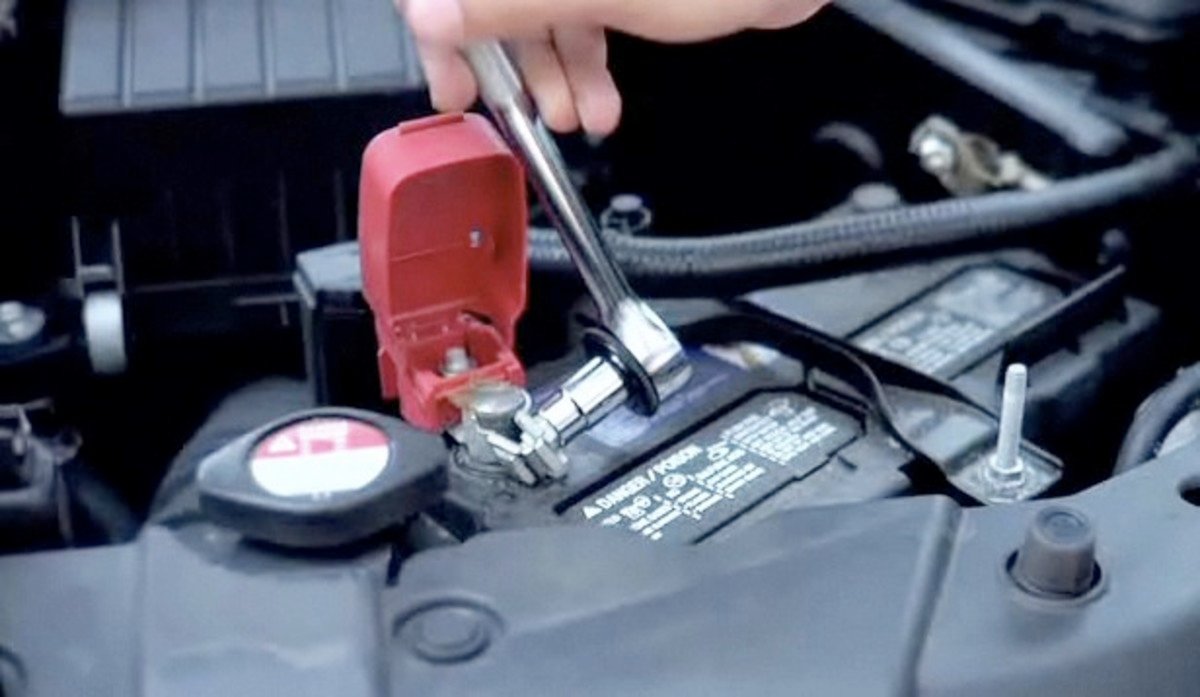How to Disconnect a Car Battery
When you need to disconnect a car battery for charging or replacement, it is important to take safety precautions. Automotive batteries deliver several hundred amps of current and even a low or dead battery may still contain a residual charge. Follow these five steps to safely disconnect battery cable ends and remove the battery from a vehicle.
1. Locate the Battery
Many vehicle makes and models put the battery under the hood with or without a plastic cover. Other designs may have a battery in the trunk, under a floorboard or even beneath the rear seat. Refer to the owner’s manual if you are having difficulty finding the battery. Once you can see the battery, take a closer look at its condition.

The most general guidelines for how to check car battery start with examining any signs of corrosion or wear. Exercise caution when testing or removing a corroded battery. It is a good idea to work in a well-ventilated space and wear safety goggles and gloves.
2. Disconnect the Negative Terminal
You should always disconnect the negative terminal or ground first. Turn off the engine and make sure no accessories are drawing power. Use a socket wrench or adjustable open end wrench to remove the nuts connecting each battery terminal. The negative terminal is black and marked by a minus sign.
American cars typically call for a 1/2-inch, 5/16-inch or 3/8-inch socket. A metric socket may be necessary for imports. An extender may also be necessary. Remove the nut and pull, twist or wiggle off the negative connector. A seized cable may require a specialized battery cable removal tool. Prevent the disconnected cable from making contact with the battery. Do not allow any metal tools to touch the negative and positive terminals at the same time.
3. Disconnect the Positive Terminal
Next, remove the positive terminal cap or cover if one is in place. Use the socket wrench to remove the nut and disconnect the positive connector. Keep the connector from touching any metal parts, as residual current may disrupt circuits in the vehicle.
4. Release Clamp or Unscrew Brackets
Once both battery terminals have been disconnected, remove the clamp or brackets that secure the battery in place. Use a socket wrench to remove the hold-down clamp or loosen bracket connections.

5. Remove Battery From Tray
Carefully lift the battery out of its tray. Keep in mind that this component may weigh as much as 40 to 60 pounds. Do not drop the battery on other car parts. After the battery has been removed, clean any corrosion or debris off of the tray.
These measures make it possible to safely disconnect an automotive battery. You may want to remove a battery before charging. Factor in the charge level, drain and the type of battery charger for car.When installing a charged or replacement battery, be sure to connect the positive terminal before the negative terminal or ground. A combination of safety precautions and the right tools are essential for maintaining or replacing a car battery.



